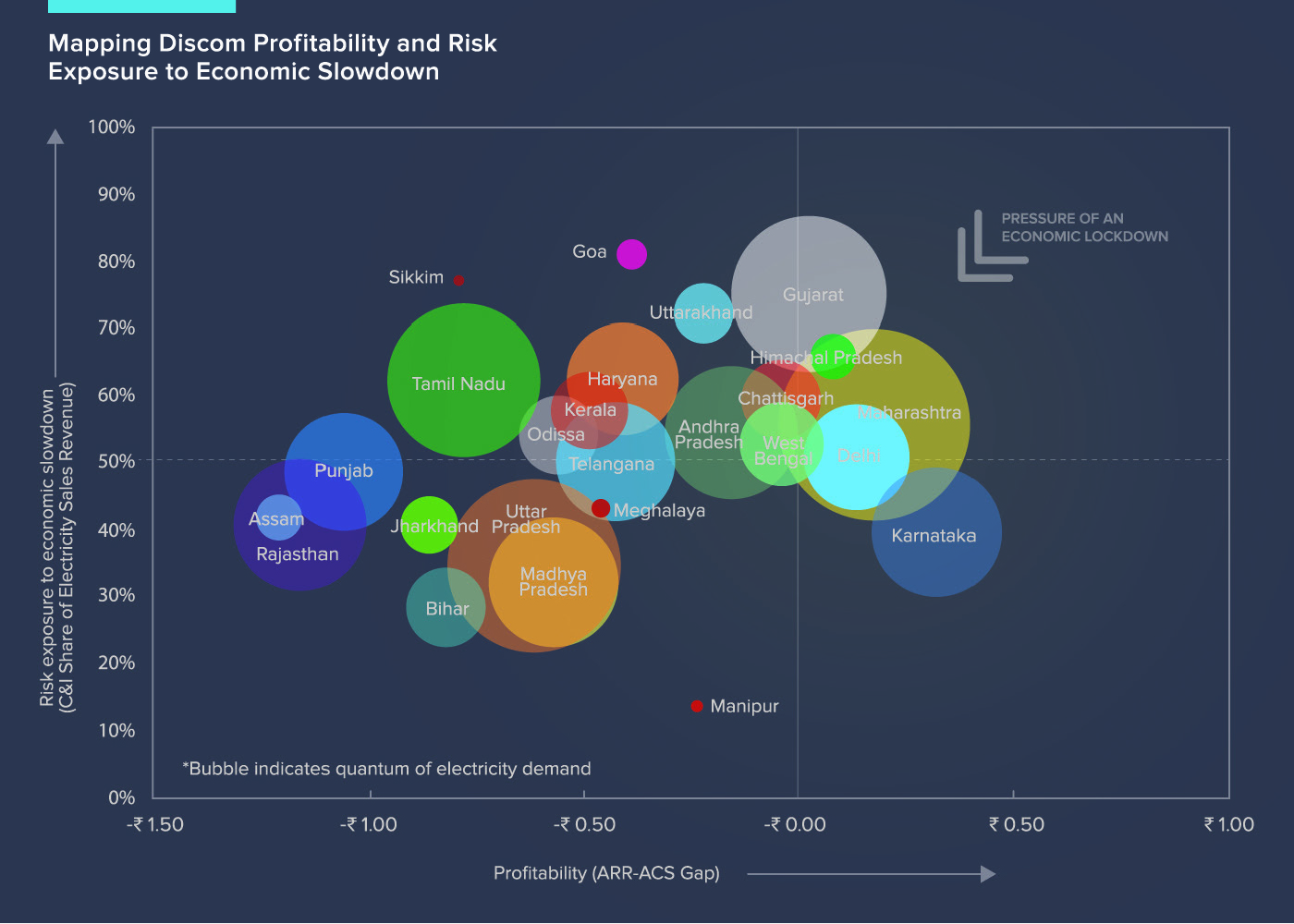
Report | 2020
India Stimulus Strategy
Recommendations Towards a Clean Energy Economy
COVID-19 has presented significant demand- and supply-side challenges for India’s transport and power sectors, from liquidity constraints and supply shortages to shifts in consumer demand and preferences.
India, along with other parts of the world, is facing significant social and economic challenges after implementing measures to contain the spread of COVID-19. In response to the economic fallout, India announced a Rs 20 lakh crore (US$266 billion) relief package—one of the largest stimulus packages in the world as a share of gross domestic product (GDP).
In this context, the Government of India’s premier think-tank NITI Aayog, Rocky Mountain Institute and RMI India released a report with recommendations based on four key principles.
These principles can provide a guiding path for efforts towards building a clean, resilient, and least-cost energy future for India, including electric vehicles, energy storage, and renewable energy programs.
This report discusses how COVID-19 is beginning to influence the clean energy transition in India, specifically for the transport and power sectors, and identifies principles and strategic opportunities for the country’s leaders to drive economic recovery and maintain momentum on the clean energy transition.

Exhibit: Commercial & Industrial share of electricity sales revenue vs. average cost of supply-average realizable revenue gap (RMI, PSOSOCO, discoms’ tariff orders)
NITI Aayog, Rocky Mountain Institute and RMI India offer the following principles to help guide India’s clean energy-related programs and economic recovery efforts currently:
Invest in least-cost energy solutions: The steeply falling costs of clean energy technologies present an opportunity to pursue an economically viable clean energy transition.
Support resilient and secure energy systems: As climate change accelerates, the likelihood of pandemics and extreme weather shocks will likely increase, making the need to build a resilient future critical. Resilience could involve selecting industries, technologies, or systems that help adapt to unexpected shocks or crises.
Prioritize efficiency and competitiveness: India’s manufacturing prowess and technology leadership present an opportunity to leverage Make in India to turn India into a more self-sufficient economy and globally competitive export hub over time. Circular economy solutions should become a core feature of India’s future economy.
Promote social and environmental equity: Given India’s position as one of the world’s largest and fastest-growing economies albeit with large social inequalities, additional weight on social and economic equity must be considered when applying these principles in the Indian context.
Opportunities in the transport sector include making public transport safe, enhancing and expanding non-motorized transport infrastructure, reducing vehicle kilometres travelled through work-from-home where possible, supporting national strategies to adopt electric vehicles in the freight and passenger segments, and making India an automotive export hub.
In the power sector, opportunities include improving electricity distribution business and operations, enabling renewables and distributed energy resources, and promoting energy resilience and local manufacturing of renewable energy and energy storage technologies.

Exhibit: Strategic trajectory for stimulus packages: fix it first, replace and extend, and transform and grow (RMI).
The report is part of RMI’s global Green Stimulus and Recovery Series. All reports can be accessed on Rocky Mountain Institute’s website, Stimulus White Papers.
